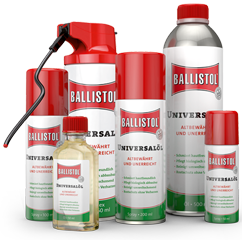
Impregnation
In the narrower sense, impregnation only occurs after impregnation with the impregnating agent. Colloquially, protective layers or real coatings are sometimes referred as impregnation. Such protection is particularly important for absorbent materials that occur outdoors. These can be, for example, building materials such as stones, wood or textiles from tents, awnings or the top of a convertible.
The aim of impregnation is to protect the surface from moisture, dirt and UV radiation.
Waterproofing spray or liquid waterproofing agent?
Both variants have their special advantages. The active ingredient can be atomized very finely with the impregnation spray. This is important, for example, for sensitive surfaces such as suede or dyed smooth leather. The liquid impregnation agent is significantly more efficient and, at 1 m² per 100 ml, is enough for about twice as far as the spray. It also scores points for large areas thanks to its application with a sponge, cloth, brush or hand sprayer.
An important advantage of Ballistol impregnations is their suitability for all materials. Special impregnation can attack some surfaces or cause stains. Ballistol universal impregnation is extremely compatible with materials and can be used for all materials. These include, among other things, natural fibers and synthetic fibers, leather and functional fabrics.
-
- Waterproofing spray
- Ballistol ist für Universalprodukte weltbekannt. Auch das Imprägnierspray ist universell für Schuhe, Jacken, Handschuhe, Rucksäcke, Zelte, Segel, …
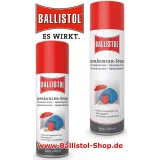
(Groundprice: 24,95 EUR per Liter)- from 4,99 EUR*
-
- Waterproofing agent 5 liter canister
- Like the Waterproofing spray, the liquid waterproofing agent from Ballistol also has the sought-after properties:Long-lasting invisible roll off coatingFast …
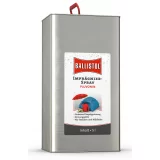
(Groundprice: 21,98 EUR per Liter)- 109,90 EUR*
-
- Waterproofing agent 5 liter + atomizer
- Short description of Waterproofing agentThe Waterproofing agent 5 liter canister offers extreme water and dirt proofing and repellent coating for all natural and …
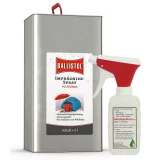
- from 112,99 EUR*
-
- Multi Dry Universal Dehumidifier
- Here you get Safe Dry the special weapons locker dehydrator and safe dehydrator.Multi Dry dehumidifier has been specially developed for home and spare time …
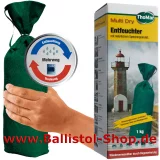
- 14,95 EUR*
-
- Safe Dry dehumidifier for Weapons locker
- The Safe Dry weapon locker dehydrator and safe dehydrator prevent rust, mold and mildew.Here you will find the Multi Dry universal dehydrator for humidity …
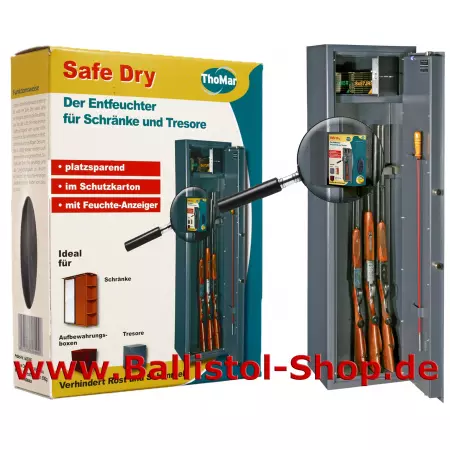
- 11,95 EUR*
-
- Impregnation agent bulk in a drum
- Ballistol Impregnation agent 50 or 200 liter creates an extreme hydrophobically and dirt-repellant drip-of coating at all naturally and synthetically fibers and on …
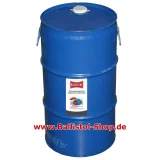
(Groundprice: 12,98 EUR per Liter)- from 649,00 EUR*

